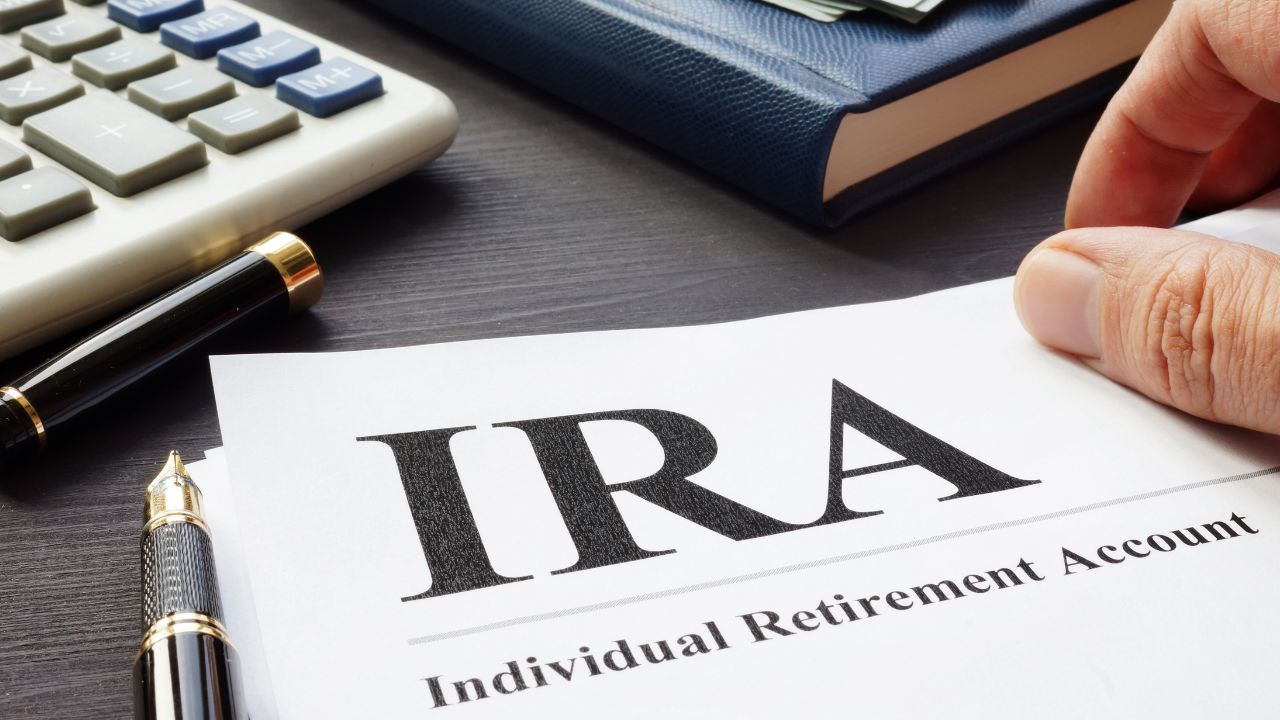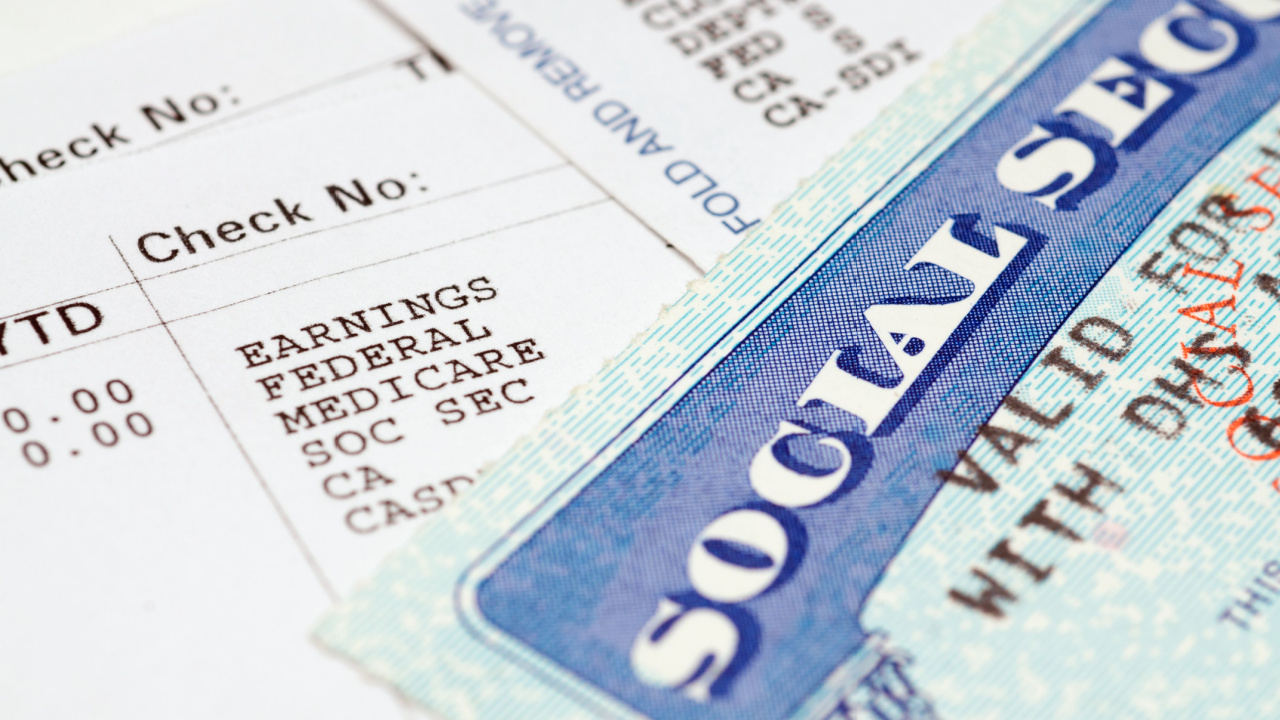Retire Richer: 7 Essential Tax Planning Tips You Need to Know

Retirement sounds simple in theory, but the finances surrounding it are highly complex. Going in blind can result in a huge, unplanned tax bill.
No matter what stage of life you’re in, you should always plan ahead for tax season, but it’s especially important in retirement. Because there are a variety of fund types, planning can be a bit complex. But it’s so necessary.
Let’s take a look at the basics of tax planning in retirement and how to set yourself up for success.
What Are the Three Different Tax Buckets?

There are three tax buckets: tax now, tax later, and tax never. Each of them is pretty explanatory. Tax now refers to the funds you pay taxes on before you contribute. Tax later means you’ll pay taxes in the year you withdraw from your applicable accounts.
Tax never are special accounts, because despite the name, it doesn’t mean you pay zero taxes. Instead, the taxes are paid on the money already used to contribute, but you won’t owe any additional on the principal and growth in the accounts upon withdrawal. However, you do have to meet specific requirements. Make sure you talk to a tax professional to understand your liabilities on these.
Don’t Assume You’ll Be in a Lower Tax Bracket

Many people mistakenly think they will be in a lower tax bracket when they retire, but this isn’t always the case. It depends on how much money you withdraw, and which tax bucket the account(s) fall into.
The goal is to diversify as much as you can to keep those obligations low, but if you’ve only invested in one account, it’s likely unavoidable.
Which Retirement Accounts Are Taxed?

Most retirement accounts are taxed, what differs is how and when they are. For example, Traditional IRA and 401(k) contributions are made pre-tax, reducing your income in the year they’re made. However, when you withdraw those funds the IRS will take its share.
Roth plans, like IRAs, 403(b)s, 457(b)s, and 401(k)s on the other hand, are considered tax-never income sources because the contributions are made with funds you’ve already paid taxes on. The same goes for permanent life insurance, municipal bonds, and health savings accounts (HSAs).
Tax Withholdings

One way to minimize how much tax you have to pay when you withdraw is to make sure you’re withholding enough. You can do this by filling out a W-4P form and submitting it to the payer.
Tips to ensure you withhold enough to avoid a tax penalty are to make sure you have calculated your total taxable income and determined your tax bracket accurately. If you’re not sure how much to withhold, speak with a tax professional.
How to Minimize Your Tax Obligations in Retirement

There are several ways you can continue to minimize your tax obligations, but it does require being diligent.
Continue to make contributions, if you can, because they are deductible and will reduce your taxable income. When you do withdraw, make sure you do so from different sources (if you have them), including tax-never accounts, to keep liabilities low. Finally, try to shift your funds to tax-free accounts where possible. A tax pro can help you figure out how much to move and where.
Living in a Tax-Friendly State Can Help

If you move to a state with no state income tax, you’ll get to keep more of your money. That’s part of the reason many move to Florida, Nevada, Tennessee, and Texas when they’re ready to stop working.
Mind you, you’ll need to pay federal taxes on much of your funds, but you’ll be immune from state income taxes.
Make Sure You Take Required Minimum Distributions (RMDs)

This is more of a cautionary tale involving penalties, but you’ll still lose money if you fail to take your RMDs. You must begin withdrawing your funds between 72 and 75, depending on the year you were born.
Failure to do so could result in astronomical penalties, 25% of your RMD amount.





